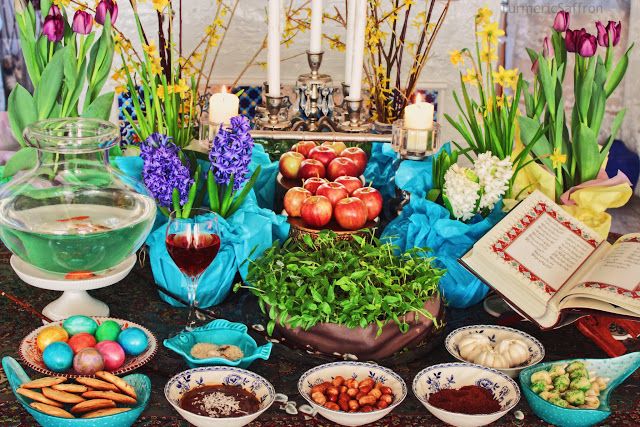
The countries that usually celebrate the festival are Afghanistan, Azerbaijan, India, Iran, Iraq, Kyrgyzstan, Kazakhstan, Pakistan, Tajikistan, Turkey, Turkmenistan, and Uzbekistan—all of which are Silk Road nations.
Google Doodle Celebrates Nowruz 2024:
This is everything you need to know about Nowruz, which is the Persian New Year in 2024.
Nowruz 2024, Date and Timings:
The Iranian New Year is known as Nowruz, sometimes spelled Norooz or Nowrooz. It falls on the first day of the spring equinox in the Northern Hemisphere. The exact time of the vernal equinox, which falls at 6:36 AM in Tehran, Iran, will be observed on March 20, 2024, a Wednesday, this year. Nonetheless, the International Day of Nowruz is recognized by the UN on March 21st, highlighting its cultural significance and widespread observance.
Here are some specific times for Nowruz 2024 in various locations, as the holiday exceeds boundaries and time:
- Bishkek, Kyrgyzstan: March 20, 2024, at 9:06 AM
- Ashgabat, Turkmenistan: March 20, 2024, at 8:06 AM
- Tirana, Albania: March 20, 2024, at 4:06 AM
- Tbilisi, Georgia: March 20, 2024, at 7:06 AM
- Baghdad, Iraq: March 20, 2024, at 7:06 AM
- Damascus, Syria: March 20, 2024, at 6:06 AM
Nowruz 2024, History and Significance:
Since Zoroastrianism emerged in ancient Iran, also known as Persia, the Persian New Year, or Nowruz, has been celebrated on the spring equinox for over 3,000 years. Celebrated by 300 million people worldwide, Nowruz is a significant holiday in Western Asia, Central Asia, the Caucasus, the Black Sea Basin, the Balkans, and South Asia.
On this day in the Northern Hemisphere, spring officially begins and nature renews itself. According to UNESCO, this festival signalizes the arrival of spring and carries deep spiritual significance, signifying the triumph of good over evil and happiness over sorrow.
The festival is renowned for promoting harmony, togetherness, and respect for various cultural backgrounds in an attempt to bring people together. The International Day of Nowruz was formally recognized by the UN in 2010, which strengthened its position as a platform for developing intercultural dialogue and world peace.
Rituals involving fire and water, dances, gift exchanging, and other practices are examples of traditional customs. The haft-sin tradition, in which families painstakingly arrange seven symbolic items signifying rebirth and vitality, is central to the celebrations.